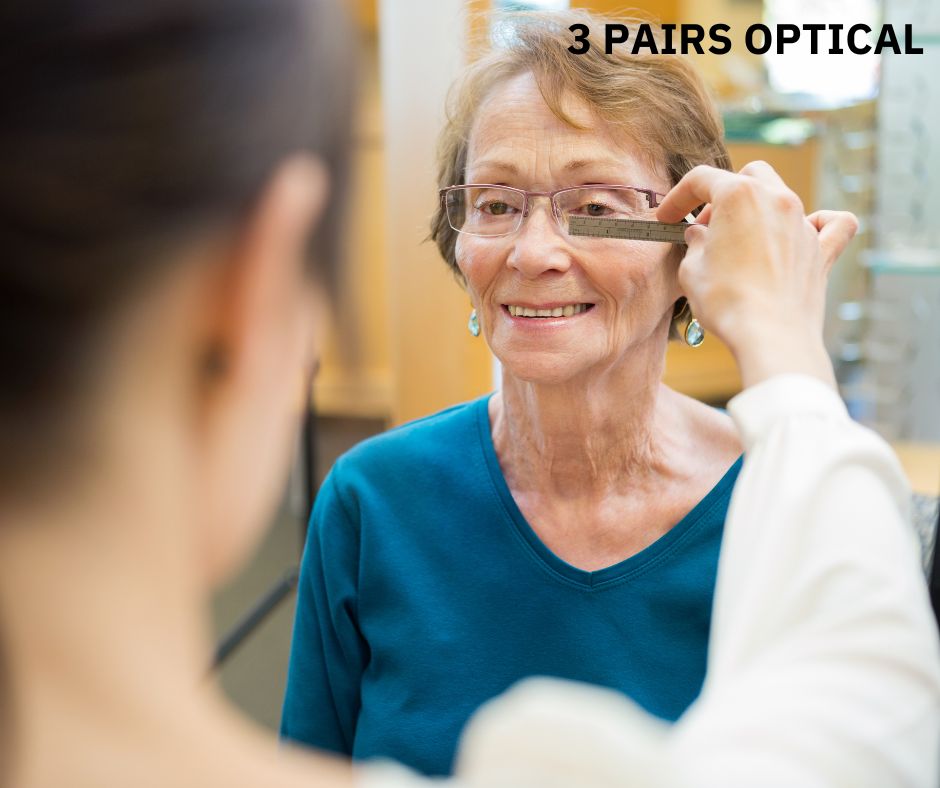Pupillary Distance, commonly abbreviated as PD, is an essential measurement found in eyeglass prescriptions.
What is Pupillary Distance?
Pupillary Distance measures the space between the centers of your pupils. This precise measurement is crucial because it determines where your eyes will look through your glasses.
Average Pupillary Distance for Men, Women, and Children
The average pupillary distance for adults typically ranges from 54 to 74 mm, with minimal variation between males and females. For children, this distance usually falls between 43 to 58 mm. During an eye examination, your optometrist will often measure your PD.
Does Pupillary Distance Change Over Time?
Yes, pupillary distance can change over time, particularly during childhood as one grows and develops. In adults, however, the shape of the skull stabilizes, and the pupillary distance generally remains constant.
How to Measure Your PD with a Ruler
If your PD measurement isn't listed on your eyeglass prescription, you can measure it yourself using a pupillary distance ruler (PD ruler) or a millimeter ruler. Here’s how:
- Stand about 8 inches from a mirror.
- Hold a millimeter ruler against your eyebrows.
- Align the zero mark on the ruler with the center of your left pupil while keeping your right eye closed.
- Close your left eye and open your right eye, looking straight ahead.
- Note the millimeter line that aligns with the center of your right pupil.
This number is your pupillary distance. Repeat this process three to four times to ensure accuracy.
Differences Between Single and Dual PD
Single PD: This can refer to either distance PD or near PD and represents the distance between the centers of your pupils. Most eyeglasses, except for reading glasses, can be made using this measurement.
Dual PD: Also known as monocular PD, this measures the distance from the center of each pupil to the bridge of the nose. Dual PD is expressed as two numbers (e.g., 32/30), with the right eye (OD) measurement first and the left eye (OS) second.
How to Measure PD for Glasses
The PD used for glasses is often slightly different from the actual pupillary distance. For reading glasses, you can determine your near PD by subtracting 3 mm from your distance PD. When using dual PD, subtract 1.5 mm from each eye’s measurement to find your near PD.

